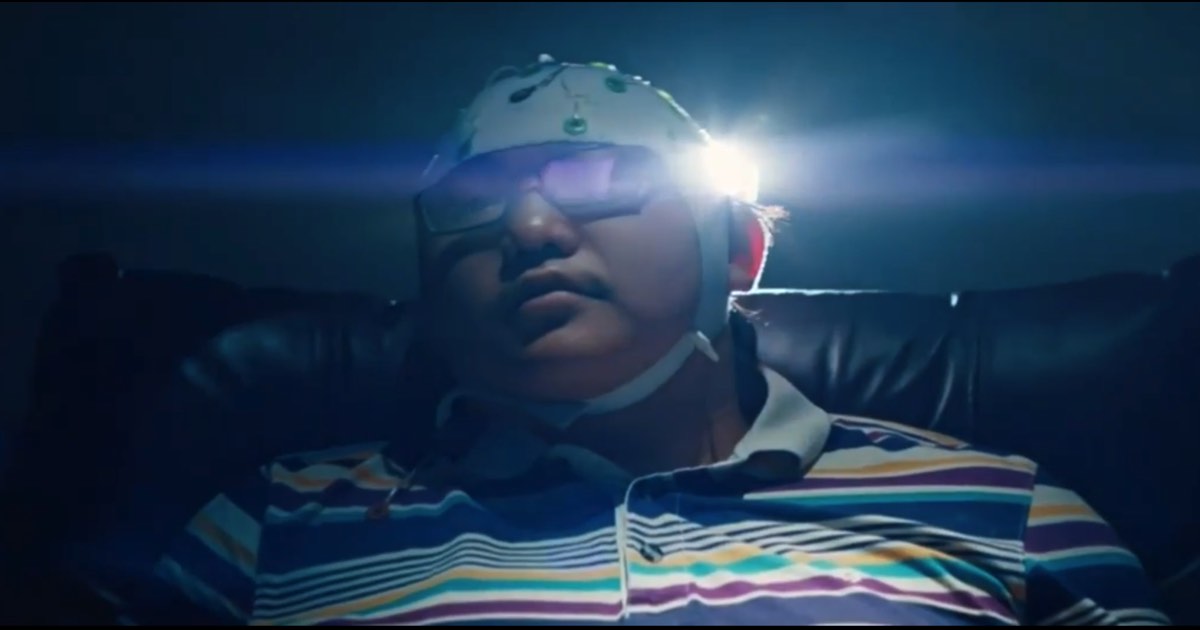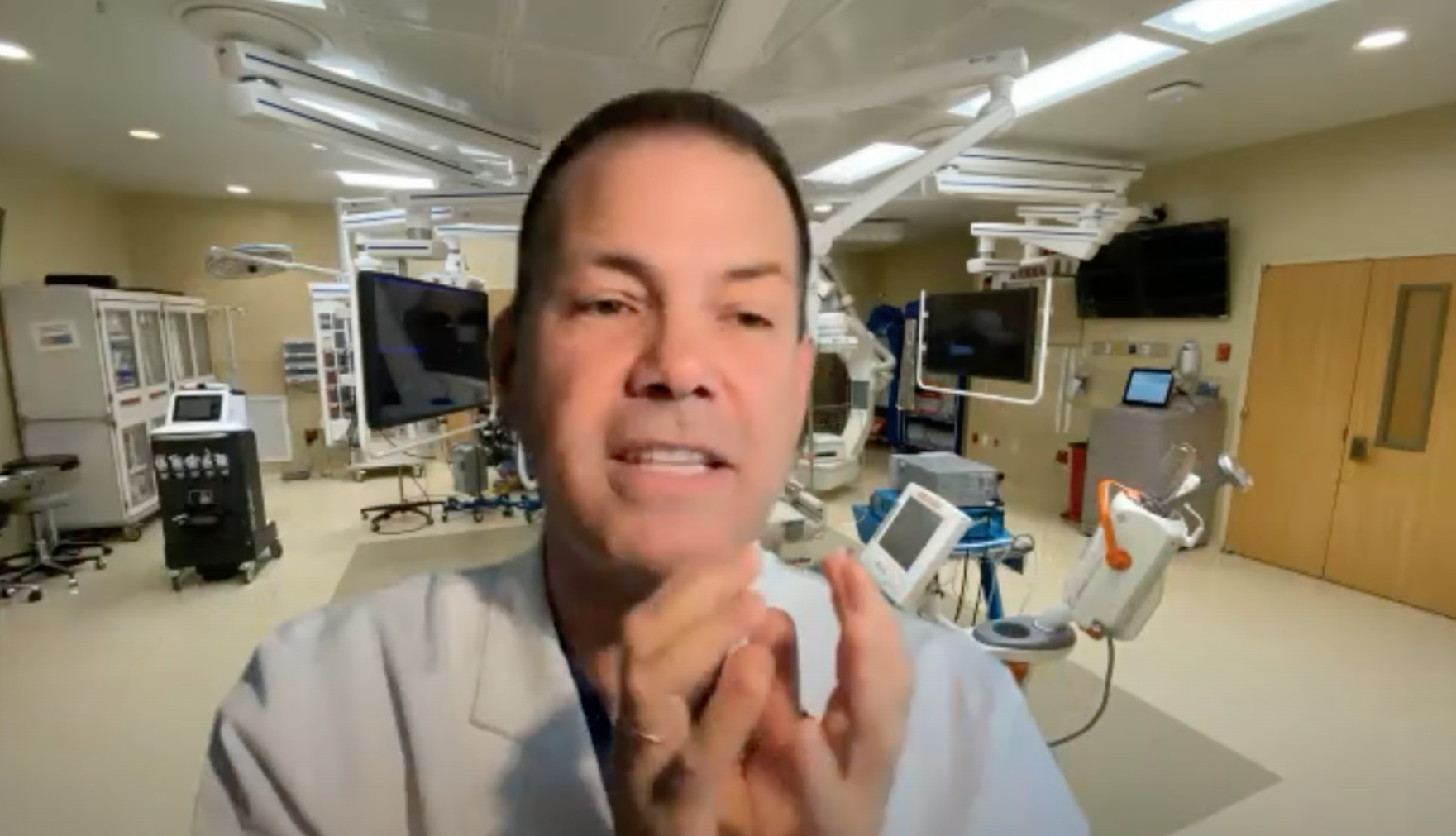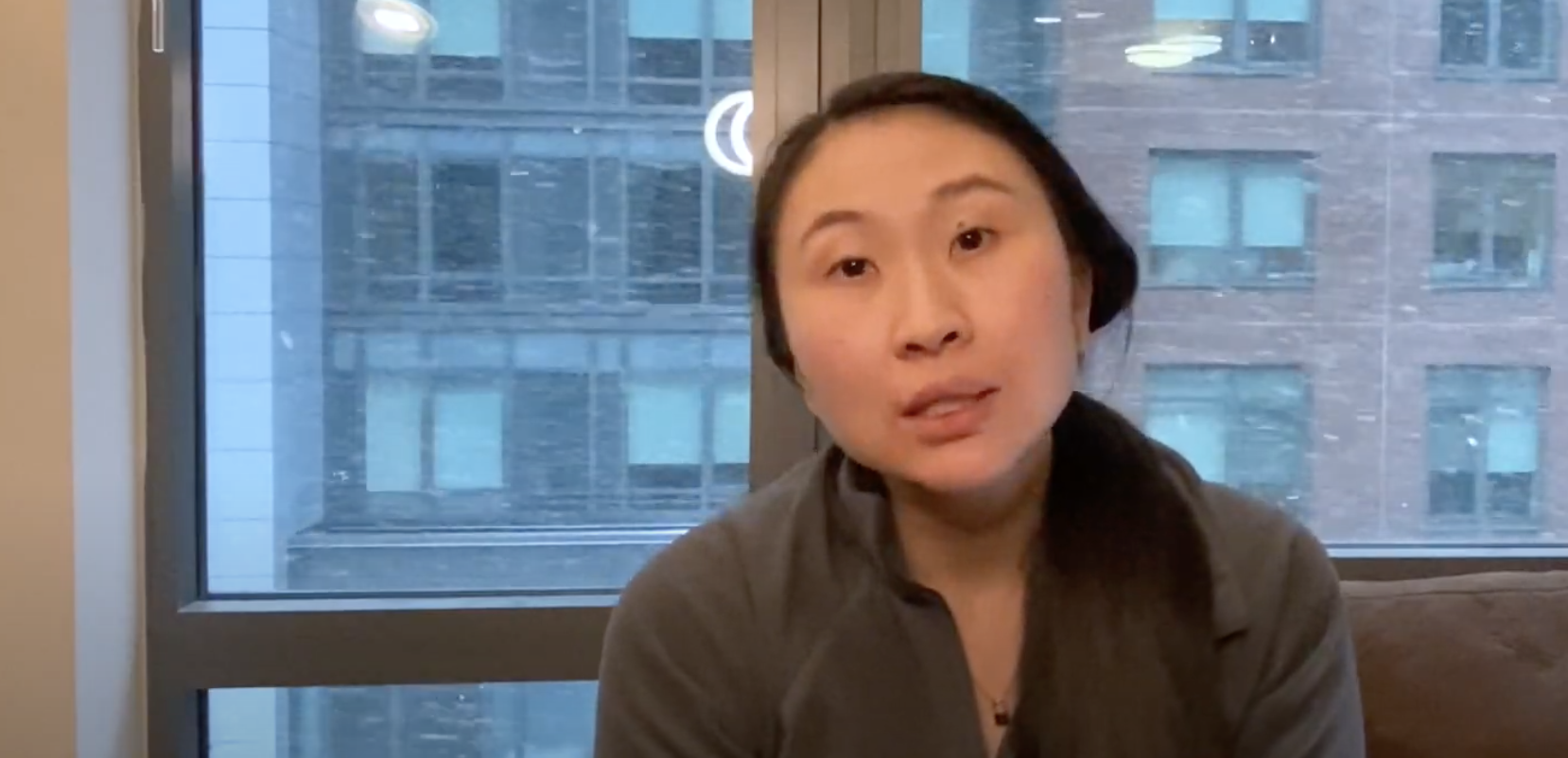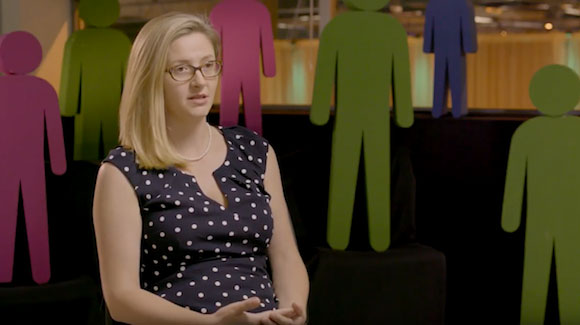Stroke comes in at number five at the top ten killers in the US, affecting more than 800,000 people a year in the US alone. The problem is that there are no symptoms of a stroke, until it actually occurs. A large percentage of those are caused by atrial fibrillation. Traditionally, atrial fibrillation (or a-fib) could be diagnosed in a laboratory setting with the use of an ECG. But, that’s just too complicated and takes a long time. Plus, all the sensors and wires attached to the body make it an uncomfortable process. But, what if there was a way to skip all the wires and sensors and get a real time reading of your heart right on your smart watch?
Researchers think that day could be here sooner than you think. Smartwatches already have heart rate sensors, albeit they are crude and basic. The technology works by shining a green light from the LED into the skin, then measuring how much of it is reflected back through your red blood. The results vary based on the volume of blood, which can give you a pulse reading. Up until now, the main challenge for these smartwatch sensors is that they cannot detect every beat, and intermittently determine the heart rate. By employing a machine learning algorithm, researchers were able to use a neural net to teach the algorithm to detect what was an atrial fibrillation and what wasn’t. The new AI enables researchers to not only determine the rate, but also the variables of the heart rate, allowing them to determine atrial fibrillation. While the app is not available for the masses yet, Gregory Marcus, MD, Director of Clinical Research for the UCSF Division of Cardiology, is optimistic on releasing the new smart app to the masses, which would do away with the need of laboratory testing ECG. The new tech will allow people to find out whether they have atrial fibrillation and a stroke down the road, so that they can seek out treatment. The app showed a 97% accuracy rate after being used by 6,000 participants in the study, but further research is needed before the app can be rolled out for the masses.








